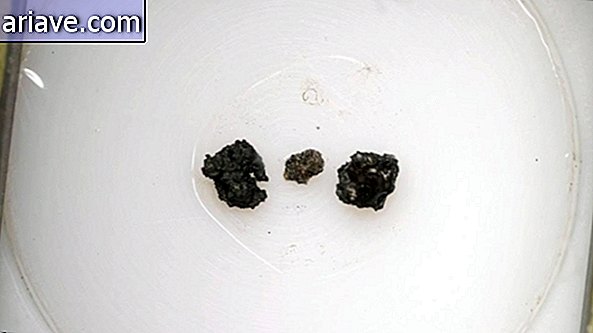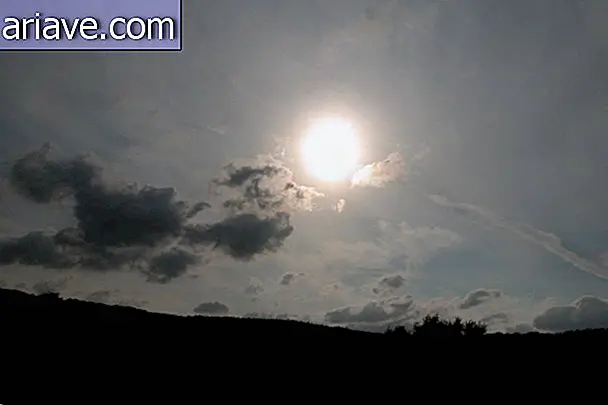Did you know that Curiosity is prohibited from collecting water samples on Mars?
As you know, NASA recently revealed that it has found clear evidence that liquid water flows on Mars periodically, confirming suspicions raised by the space agency a few months ago.
The implications of the discovery are enormous, as they increase the chances that life will eventually be found on the Red Planet. With Curiosity wandering around, it's only a matter of time before the explorer stumbles across a puddle, collects countless samples, finds a host of Martian microorganisms and revolutionizes the history of Space Exploration, doesn't it? Not really!
Space Treaty
According to Michele Debczak of the Mental_Floss portal, Curiosity is strictly prohibited from collecting water samples by international law. Known as the “Outer Space Treaty”, it was signed in 1967 and prevents any spacecraft, robot, laboratory, astronaut, etc. - regardless of country of origin - approach water sources to avoid possible contamination by terrestrial life forms.

According to Michele, in the case of Curiosity, although NASA scientists have taken all the care in the world - and sterilized all equipment sent to Mars - there is still the possibility that some damaged microorganism has escaped alive and caught a caroninha until the red planet.
Unwanted ride
The sterilization process involves subjecting all devices that go into space to an intense dose of ultraviolet radiation. However, as you know, there are a few pets out there that are beyond resilient, and while NASA can boost the power of the thing to a level that ensures that any life form is pulverized, it could possibly damage Curiosity's internal systems. .

As Michele explained, to eliminate any and all forms of equipment life, it would be ideal if the space agency subjected all components to intense heat or a strong dose of ionizing radiation - but both methods would ruin the operation of the devices.
An alternative for the future would be to send explorers with labs equipped with DNA sequencers to perform tests that would indicate the presence - or not - of life. Another option would be to build probes on extraterrestrial soil from parts created with 3D printers, which would dramatically reduce the risk of contamination.
In any case, if Curiosity decided to become an “outlaw” and set out to collect the samples, the explorer would have great trouble getting around the area where the water evidence was found, as the area's terrain is very rough. and full of steep slopes.











